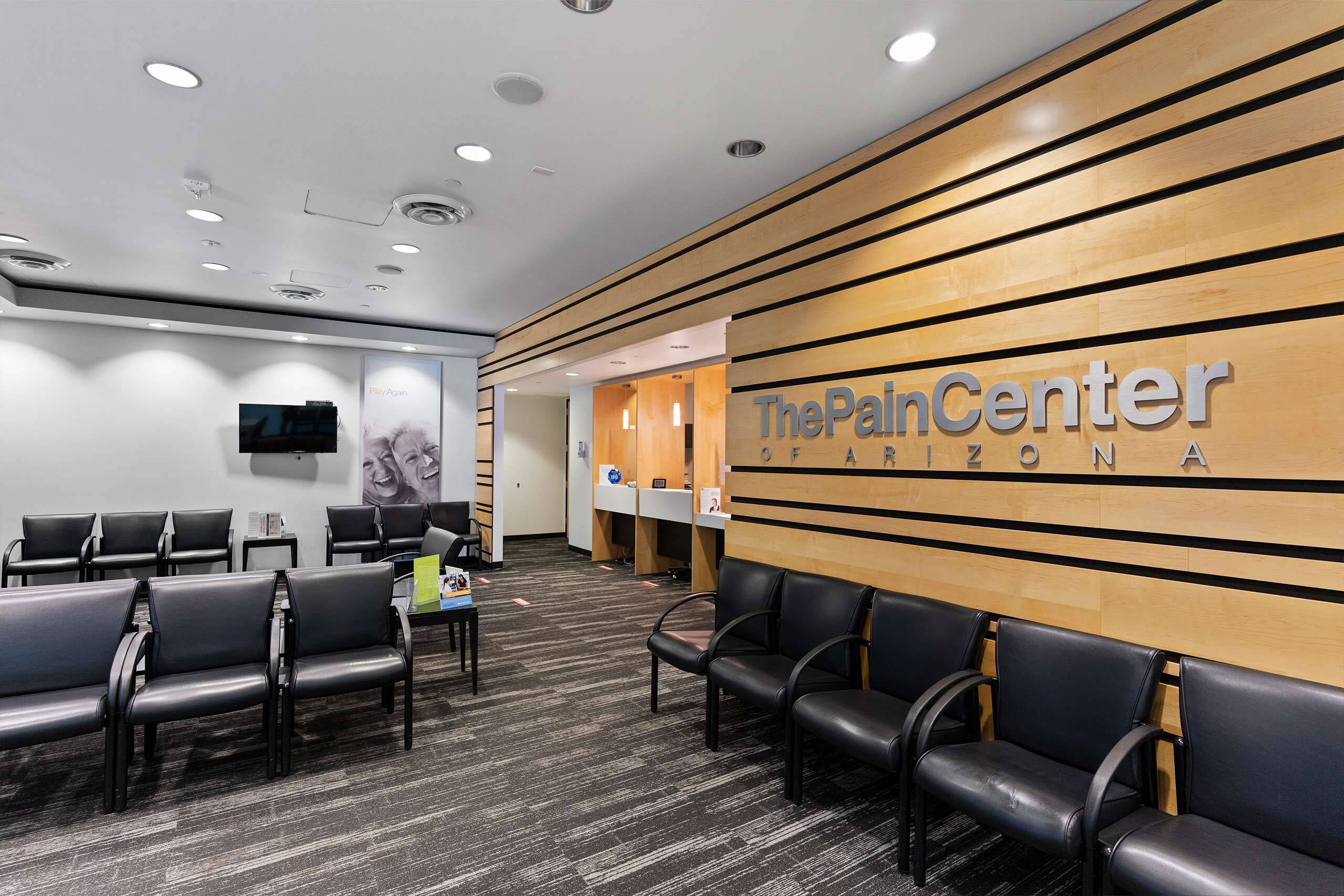Celiac Plexus Block
A celiac plexus block is a minimally invasive injection procedure that diagnoses and reduces abdominal pain from pancreatitis or cancer. The purpose of the procedure is to block nerves surrounding the abdomen that are causing chronic pain. Patients lie on their stomach during the procedure while a needle is inserted into the celiac plexus nerves. An x-ray and contrast dye solution may be used to determine the location of the celiac plexus nerves. An anesthetic medicine is then injected to provide the patient with immediate pain relief.

What is Celiac Plexus Block?
A celiac plexus block is a minimally invasive injection procedure that diagnoses and reduces abdominal pain from chronic pancreatitis or cancer.
The purpose of the procedure is to block the nerves bundled around your aorta – the celiac plexus – which is sending pain signals into your abdomen and causing you to experience chronic pain.
What Types of Pain Does Celiac Plexus Block Treat?
- Abdominal pain.
How Does Celiac Plexus Block Work?
Patients lie on their stomach during the procedure while a needle is inserted into the celiac plexus nerves. An x-ray and contrast dye solution may be used to determine the location of the celiac plexus nerves, ensuring an effective administration of the medication. An anesthetic medicine is then injected to provide you with immediate pain relief.

Expectations and Recovery
People typically need a series of injections for continual pain relief, but plenty of patients have experienced relief for several weeks, even years.
Despite potentially feeling a ‘warmness’ in your abdomen and weakness or numbness in your leg, these will dissipate as the anesthetic wears off.
You will be advised to avoid driving or any strenuous activity within 24 hours of your procedure.
What Abdominal Symptoms Should I Report to My Doctor?
Abdominal pain symptoms can range from mild to severe, but no matter the degree, be sure to report any pain you’re experiencing, including:
- Dehydration
- Fever
- Constipation
- Frequent urination
- Pain when urinating
- Pain that comes in waves
- Pain on the side of your ribcage, down to the groin
- Nausea, vomiting
- Burning pain in the abdomen, under the chest, or above the belly button
- Pain that gradually grows in intensity
- Loss of appetite
- Diarrhea
- Discomfort when you bend over
- Swelling or tenderness
- Urgent need to use the restroom
- Cramping
- Rash
- Weight loss
- Passing gas
- Bloody stool
You should seek urgent medical care if you:
- Notice blood in your urine or feces, or if you’re vomiting blood
- Have severe nausea and cannot eat or take important medications
- Severe pain, high fever, or have a history of heart attack(s)
How Can I Ease My Abdominal Pain?
Making sure you’re staying hydrated, eating certain foods including fiber, and possibly avoiding some foods can go a long way in abdominal comfort.
Heating pads or warm baths can help ease abdominal discomfort.
Typical things to avoid while having abdominal issues include nicotine, caffeine, alcohol, and greasy foods.
Some medications like NSAIDs (e.g. ibuprofen) can make abdominal discomfort and pain worse, so make sure to communicate with your doctor the best plan of action for interim pain treatment.


Get the care you need within 24 hours*
We know when you’re looking for relief for your chronic pain, you can’t wait any longer than you already have. This is why we can schedule you with an appointment within 24 hours at most of our pain centers across the Valley, so you can start your journey to life-long pain relief as soon as tomorrow.



